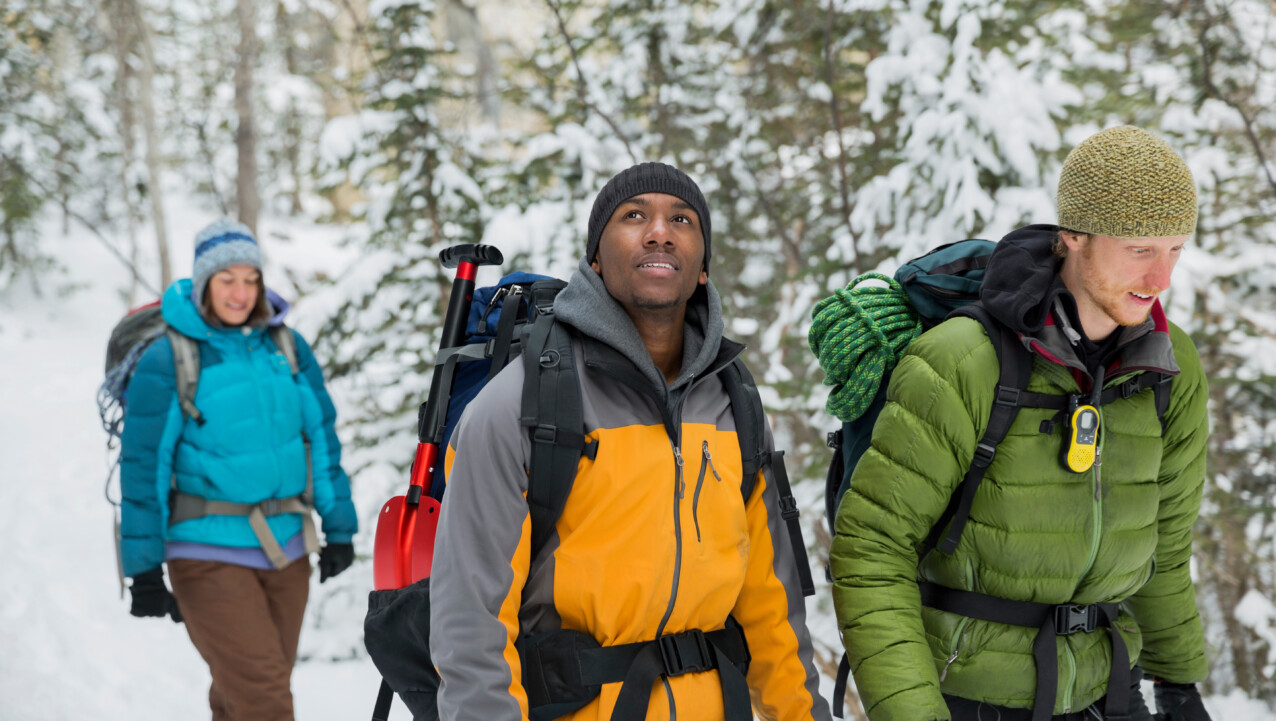March 2, 2023
In February, Colorado College and the State of the Rockies project released their annual Conservation in the West Poll highlighting, from years of research, the enduring Western desire for conservation and climate action. In the 13 years of the survey, political tides have ebbed and flowed, and administrations come and gone, but Westerners’ commitment to conservation has remained steady – and even grown.
The 2023 poll included all seven of the states WRA works in (Arizona, Colorado, Montana, Nevada, New Mexico, Utah, and Wyoming) with the addition of Idaho. The poll surveyed 3,413 voters, which included an over-sample of Black and Native American voters. It also included both urban and rural voters across the political spectrum, with 41% self-identifying as moderate, 34% as conservative, and 22% as liberal.
The 2023 Conservation in the West poll shows that Westerners, across demographic and political spectrums, are hungry for climate solutions.
We are more united than divided in our desired future for the West.
Westerners want sustainable water sources, protected lands and habitats, and clean energy that brings clean air.
Three in four Western voters see climate change as a serious problem, with most Gen Z and Millennial voters seeing it as an extremely or very serious problem.
But it’s not enough to agree – we must act. We must start implementing solutions today.
The results of the survey reinforce that Westerners are aligned on many of the policies that WRA is advocating for with our partners, like protecting 30% of Western lands by 2030, drought protection measures, water conservation, and the renewable energy transition. WRA continues to develop and advocate for policy solutions that:
- Address the continued drying out of the West from climate change with the transition to 100% renewable energy that cleans up the air in our communities.
- Tackle drought and create a sustainable future for Western water by encouraging smart, pragmatic, and collaborative conservation solutions that bring everyone to the table.
- Protect 30% of Western lands by 2030 and 50% by 2050 while also ensuring equitable access and smart land use planning.
The poll also shows that there is broad political will for decision makers to enact these popular and bipartisan solutions. These policy solutions can become a reality, and WRA is working on many of them across the West.
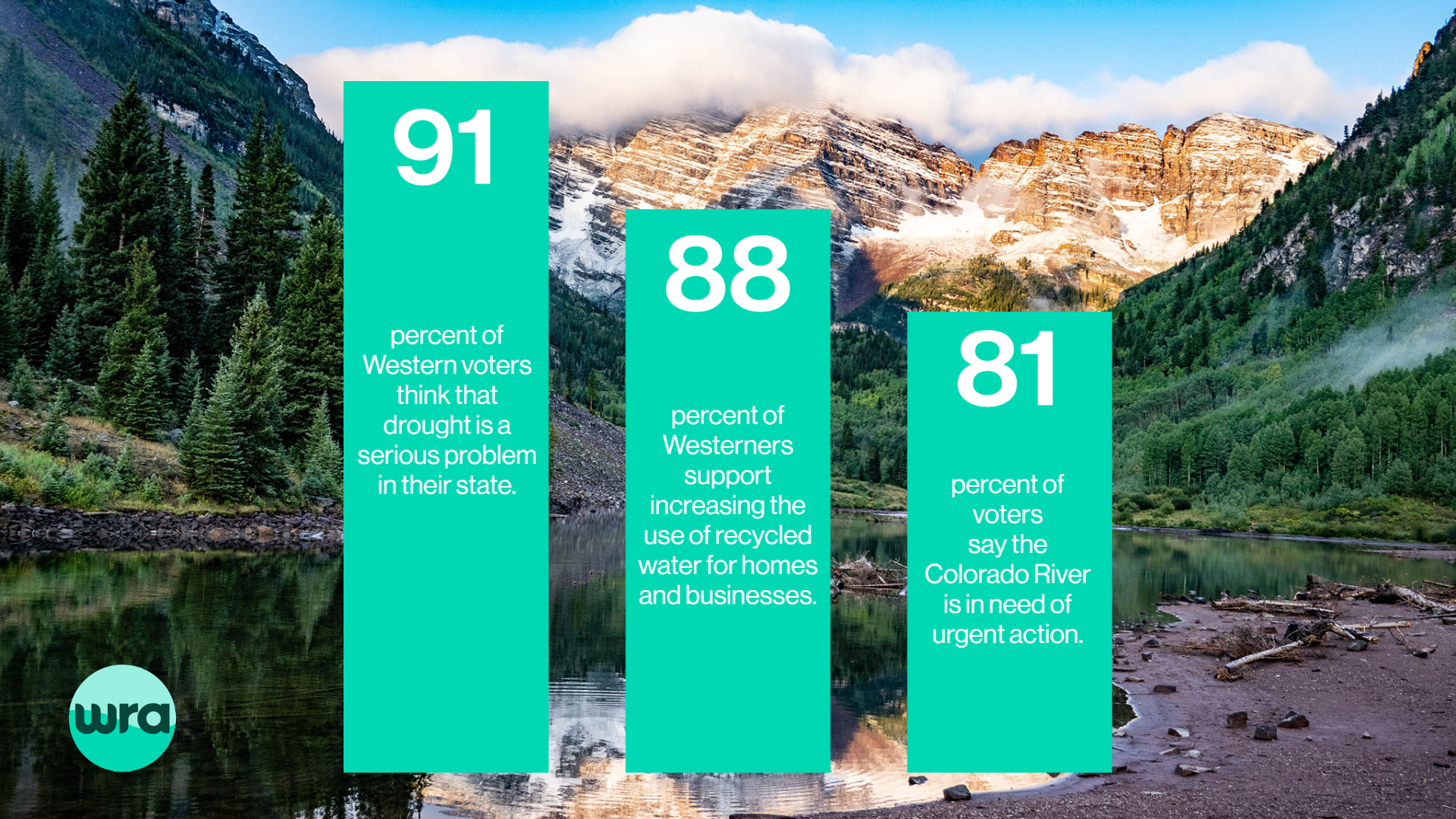
Healthy Rivers
Water is on Westerner’s minds, with many in the poll characterizing the water situation in the West as a serious crisis or problem. A majority of voters in four states, Arizona (91%), Utah (95%), Nevada (94%) and New Mexico (86%), characterized the water situation in the West as a serious crisis. Despite record rain and snow, “concerns about drought jumped up last year and remain high.” Voters are realizing that one good snow year is not going to reverse years of megadrought in the Colorado River, and that policy rather than weather is the answer to our water woes.
The Colorado River
It is difficult to underplay the critical importance of the Colorado River to Western ecosystems and communities. It provides drinking water to over 40 million people, irrigates over 5.5 million acres of farmland, is home to 30 Indigenous communities, supports a $75 billion recreation economy, and sustains 30 endemic fish species and critical river habitat for the millions of birds using the Pacific Flyway.
Fortunately, many voters realize the immense threats facing the river. In three of the four Colorado River Basin states, more voters today describe the river as “at risk” than ever before, with the most concern coming from residents in Arizona and Nevada. Most voters reported that the river is in “need of urgent action,” and a strong majority of voters understand the river’s critical impact on their state’s economy.
While voters understand the importance, the nuance of the issues surrounding the Colorado River can make it difficult to understand what urgent action looks like. Our report, The Hardest Working River in the West: Common-Sense Solutions for a Reliable Water Future for the Colorado River Basin, written in partnership with American Rivers, details what actions we must take. These include things like balancing the needs of the river and communities, respecting Indigenous water rights, using a reasonable water demand forecast, living flexibly within the means of the river, and finding opportunities to benefit rivers, both directly and indirectly.
Not only is it critical that we act but that we do so collaboratively with interstate cooperation and unity rather than fighting. In a recent op-ed to the Denver Post, WRA’s President Jon Goldin-Dubois espoused the need to come together for the benefit of the river.
“Will we see more bickering and legal wrangling from Western leaders? Or will we see collaboration to pass policies that get serious about the crisis? We challenge all elected leaders in the seven Colorado River Basin states, water providers and utilities, cities, counties, agricultural interests, and all decision makers to step up and make 2023 the year we finally take meaningful action to solve this crisis.”
Drought and Water Conservation
Concern over water supplies has been consistent but is spiking with nine in 10 stating it as a problem. Especially in the Southwestern states, inadequate water supplies are a major concern spanning all demographics.
Concerns about water availability in the West translate into support for a variety of water conservation efforts. There are many things we can do to address the West’s water crisis through smart water use and conservation tactics:
- Over four-fifths of voters in Utah say that drought is an extremely or very serious problem. Through WRA’s Growing Water Smart Workshops, our team is working directly with municipalities in Colorado and Utah to address drought and water conservation.
- More than six in 10 Western voters think grass lawns should be banned at new homes and developments, and 80% support providing financial incentives to homeowners and businesses to replace lawns and grassy areas with water-saving landscaping. In 2022, WRA helped develop legislation creating the first state-wide turf replacement program in Colorado and advocated for a similar program in Utah. These voluntary programs will ensure every property owner in the state can access financial resources to replace their lawn with drought-tolerant, sustainable alternatives.
- 88% support increasing the use of recycled water for homes and businesses. WRA continues to work on municipal and state-wide water reuse projects, and celebrated the recent policy victory in Colorado for direct potable reuse that WRA staff helped achieve.
The report highlighted the need for education on water usage in the West. Heightened concerns about new residents and developments taking water and the fact that most voters are likely to say that industry and business use the most water in their state, instead of agriculture, shows that there is educational work to be done. Understanding who uses the West’s water and how much of it is critical to developing realistic solutions that have bipartisan public support.
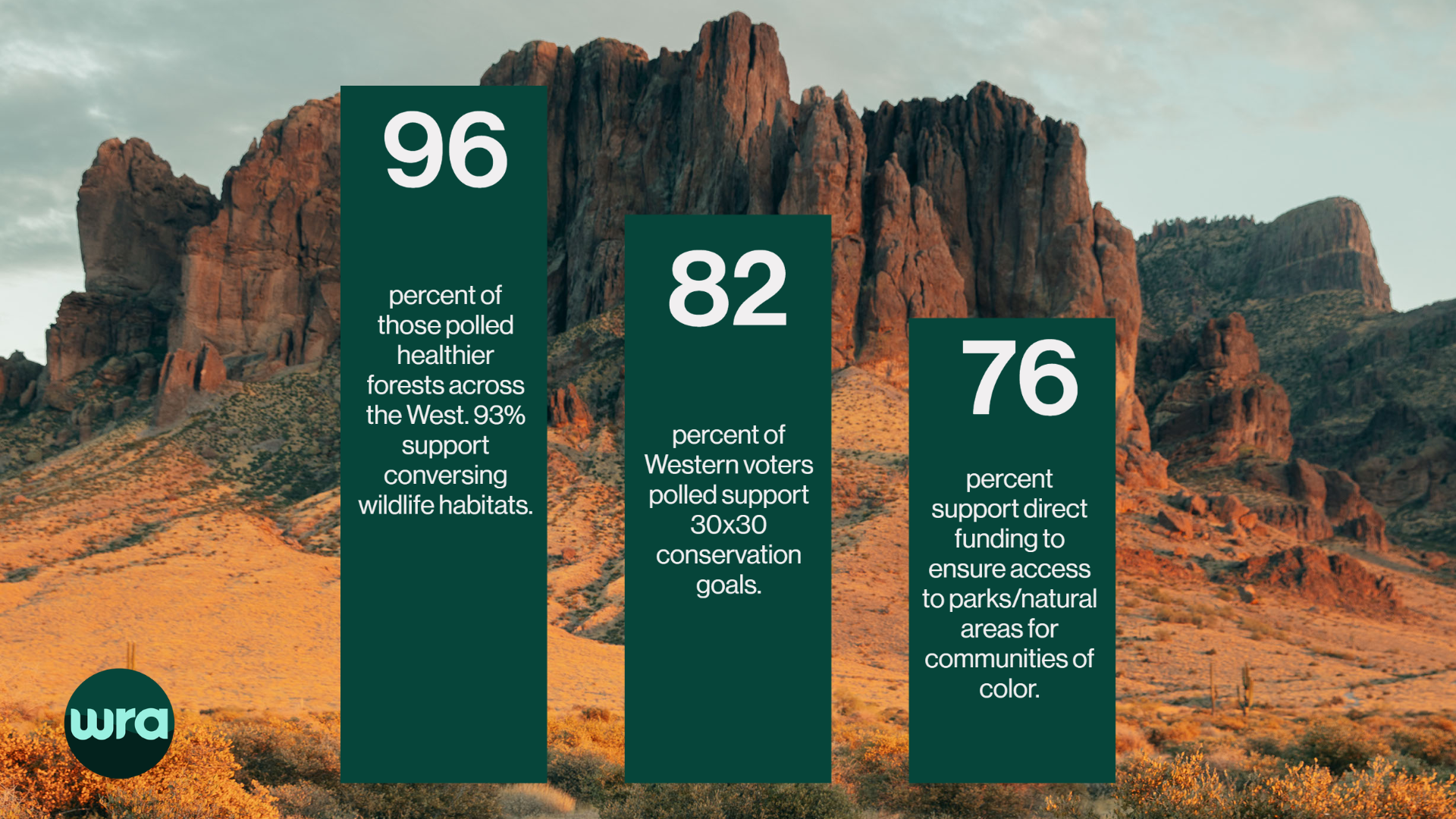
Western Lands
The survey highlights that Westerners want to protect their public lands and ensure that everyone has access to them. Conservation across the board is important to voters. Protecting sources of drinking water and ensuring healthier forests were the most popular conservation goals in Western states (with 97% and 96% support, respectively), followed by conserving migration routes and wildlife habitat.
Conservation and Land Protection
These lands are our heritage, but they are also under threat. Natural areas are disappearing at the rate of one football field every 2.5 minutes, due to human development and population growth. The loss of crucial habitats and fragmentation of migration corridors to human development impacts the resiliency of ecosystems, lessening their ability to withstand the effects of climate change. This loss and splintering of our landscapes also impact our rivers, streams, and water quality, particularly in affected watershed areas.
This is why 30×30 conservation goals are critical to protecting the West, and voters agree. “The 30×30 conservation goals are now registering the highest overall support in the last four years. These goals have majority support across party lines, including over two-thirds of conservative GOP voters. Four in five Western voters say loss of natural areas is a problem in their state,” says the 2023 poll.
Outdoor Equity
Access to the outdoors for all communities is essential too. Providing outdoor recreation opportunities is important for more than three-in-four Western voters. A majority believe that conserving areas that connect lower income or communities of color to outdoor recreation opportunities is important, particularly in Colorado and Nevada.
76% of voters support direct funding to ensure adequate access to parks/natural areas to lower income and communities of color, especially voters in Nevada and New Mexico. This funding, otherwise known as conservation financing, is critical to leverage federal dollars for conservation and recreation initiatives and provide a stable, reliable funding stream. By using legislation and ballot measures to generate public funds for conservation priorities, states can accelerate the protection of vital habitat and safeguard biodiversity in a warming climate.
Conservation financing can fund important efforts such as: purchasing land to create protected areas, funding restoration of degraded habitats, creating matching funds to secure additional federal resources, and establishing ecological and economic benchmarks that drive sustainable land use.
Legislation like the proposed Land of Enchantment Legacy Fund (LOELF) would do just that. In New Mexico, WRA is working on the passage of the Legacy Fund, an initiative which would provide recurring funding for land conservation for the first time in state history. If passed at the proposed investment of $350 million, it would provide more than $20 million annually to support 10 conservation programs across six state agencies – and would be the largest investment in climate resiliency in New Mexico’s history.
Who we include in the conversations about how to use the land is a critical element too. Eighty five percent of Western voters support Indigenous tribes having greater input in decisions about lands containing sacred and culturally important sites. WRA is working to improve the equity of access to public lands and guarantee a more inclusive governance of our public lands.
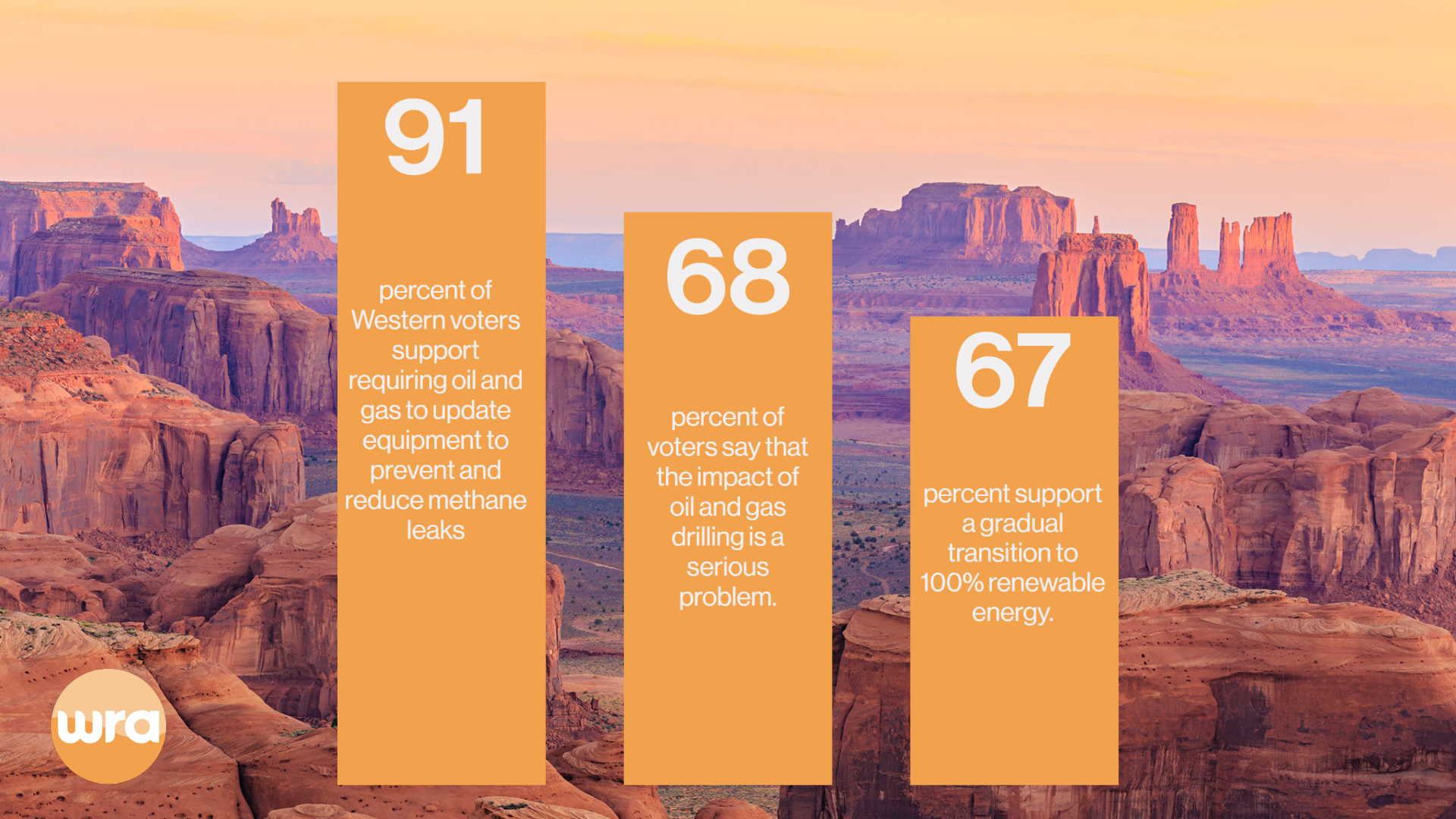
Clean Energy
While inflation and high gas prices concerned voters, they were clear in their desire for a cleaner, more sustainable energy future. Despite soaring costs, Westerners still support limiting oil and gas drilling on public lands and the gradual transition to 100% renewable energy.
65% of Western voters prioritize clean energy over fossil fuels and reducing our need for extractive energy sources. “Two thirds of Western voters are still supportive of a gradual transition to 100% renewable energy over the next 10-15 years.” Solar and wind power are now cheaper to produce than coal, making renewable energy and battery storage the most economical choices for consumers and the utility companies that supply the energy to our homes and businesses.
The most abundant greenhouse gas, and the main cause of global temperature rise, is carbon dioxide (CO2). Reducing these carbon emissions, which are largely the product of burning fossil fuels, can have a real impact in addressing climate change. Burning fossil fuels occurs across all energy sectors, and knowing where to start is an important part of the West’s climate solutions.
Oil and Gas Development
Most Western voters want to lessen our dependency on fossil fuels and are very wary of using public lands for extraction. Two-thirds of voters expressed concern over “the impact of oil and gas drilling on our land, air and water.” Ninety one percent of Western voters support requiring oil and gas to update equipment to prevent and reduce methane leaks. 91% of voters also support requiring oil and gas companies to pay for cleanup and land restoration after drilling is finished.
68% of voters would prefer to protect water sources, air quality, and wildlife habitat while providing recreational opportunities, while only 26% would rather maximize the number of public lands available for drilling and mining.
Renewable Energy
65% of Western voters prioritize clean energy over fossil fuels and reducing our need for extractive energy sources. “Two thirds of Western voters are still supportive of a gradual transition to 100% renewable energy over the next 10-15 years.” Solar and wind power are now cheaper to produce than coal, making renewable energy and battery storage the most economical choices for consumers and the utility companies that supply the energy to our homes and businesses.
The most abundant greenhouse gas, and the main cause of global temperature rise, is carbon dioxide (CO2). Reducing these carbon emissions, which are largely the product of burning fossil fuels, can have a real impact in addressing climate change. Burning fossil fuels occurs across all energy sectors, and knowing where to start is an important part of the West’s climate solutions.
The power sector is one of the largest sources of greenhouse gas emissions. It’s also key to driving down carbon emissions from transportation and buildings. We need the electricity that powers our cars and heats our building to come from clean and renewable resources. WRA has worked closely with utilities, regulatory agencies, and legislators across the Interior West to advance the transition to renewable energy sources and to set benchmarks for reducing greenhouse gas emissions. We have made extraordinary progress in securing public commitments from states and the region’s eight largest utilities to reduce emissions. Through the Climate Fix, we have secured 76 million tons of yearly GHG reductions — over 70% toward our goal of securing our increased commitment to cut 105 million tons of carbon emissions by 2025.
Regional Markets
Another solution is developing regional grids in the West. A regional energy market for wholesale electricity can improve reliability. Consolidating individual utility operations into a single operator of an expanded regional grid is an essential tool to reduce emissions and reliably and cost-effectively deliver clean electricity to customers. By using a market mechanism, the grid operator can deploy cheaper renewable resources first, lowering costs for customers, while improving reliability and situational awareness. By using sophisticated software, monitors, and other equipment, the regional energy market’s grid operator can view generation levels, power flows, and resource availability across the entire expanded footprint. If a large unit or transmission line is lost, the system software swiftly and automatically redeploys available generation using available transmission, reducing the risk of blackouts. And by appropriately accounting for GHG emissions, a grid operator can help states ensure utility compliance with their emissions reduction policies, goals, and requirements.
Transportation Electrification
One of the most impactful transitions is electrifying medium and heavy-duty (MHD) vehicles. MHD vehicles make up only 5% of vehicles on the road, but they account for 30% of on-road greenhouse gas emissions, 42% of on-road nitrogen oxides (NOx) emissions, and 51% of on-road atmospheric fine particulate matter (PM2.5) emissions. One of our priority bills this legislative session is the Medium and Heavy-Duty Vehicle bill in Nevada which would create an incentive program that will be structured to prioritize deploying electric trucks for groups that need them most: small businesses, public transit agencies, and school districts. It will also lead to significant improvements in public health.
Building Electrification
The building and industrial sectors are a large piece of the puzzle in addressing climate change. Direct combustion of gas, petroleum, and coal in homes and businesses produces harmful carbon dioxide emissions. Reductions from gas use in buildings and industry are important for reaching our carbon emission reduction goals, which is why WRA is advocating for policies that advance beneficial electrification. For example, in 2021, Colorado approved Senate Bill 21-264, which set greenhouse gas reduction targets for gas distribution utilities. This innovative policy, modeled on a WRA-developed concept, directs gas utilities to reduce greenhouse gas emissions 4% by 2025 and 22% by 2030, from a 2015 baseline. Not only do building furnaces and appliances emit carbon pollution into the atmosphere, they create harmful indoor air pollution as well as outdoor air pollution and cost consumers more money over time.
Clean Energy and Public Health
Emissions from power plants, mines, refineries, gas-powered vehicles, homes, and other sources don’t just contribute to climate change, they threaten public health. They cause early death, asthma, cancer, heart attacks, birth defects, and Alzheimer’s disease, among other adverse health impacts. One particularly concerning contaminant in our region is fine particulate matter or PM2.5. Many of the most populated counties in the Interior West – such as Maricopa County, Arizona; Boulder, Denver and Weld counties in Colorado; and Clark County, Nevada – received an “F” grade from the American Lung Association due to high year-round levels of PM2.5 pollution. The Phoenix-Mesa area ranks eighth on the ALA’s list of U.S. cities with the worst levels of annual particulate pollution. To ensure cities and towns can thrive, we must clean up our air. At WRA, we believe that breathing clean air is a basic human right and that there’s no time to waste. The transition to clean energy also means cleaner air for our communities.
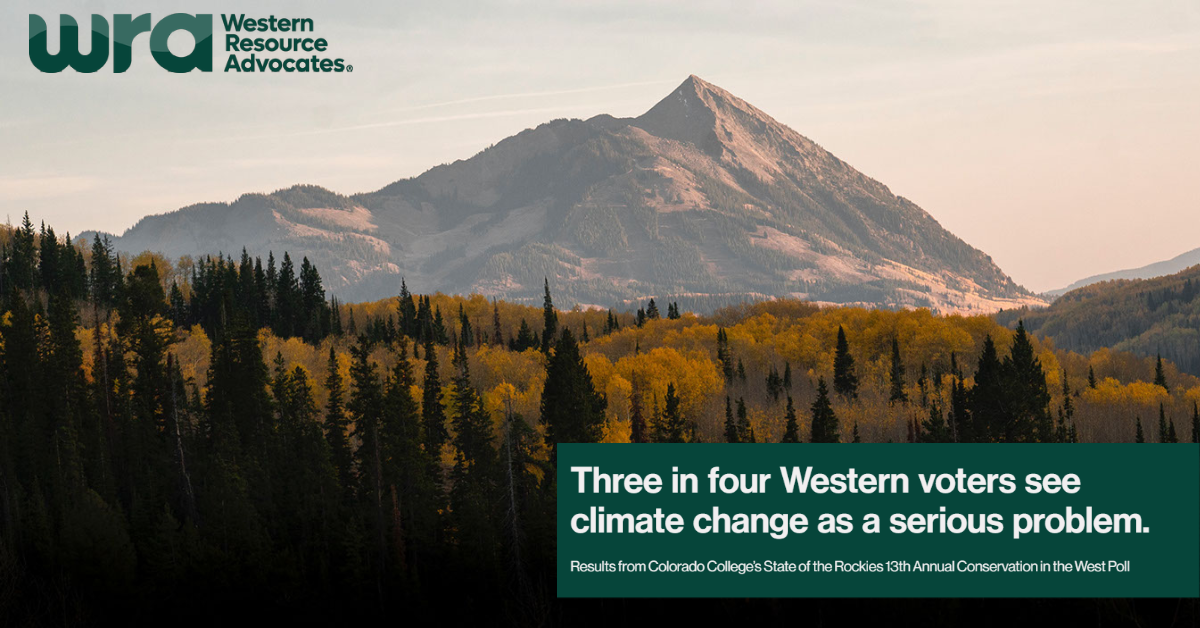
The 2023 Conservation in the West Poll shows that voters want Western climate solutions. The general agreement across the political divide emphasizes that realistic, bipartisan policies are possible, even favorable, despite our current narrative of polarization. There are real policy solutions that can address the concerns of voters in the West and ensure that our communities and economies thrive in the face of a changing climate.
WRA works in partnership with other organizations to pass policies that make a difference. We believe that we can use these aligned values to drive state action by developing pragmatic policies backed by science, collaborating with partners, advocating for solution-driven policies, implementing them once passed, and measuring impact to hold decision makers accountable.
